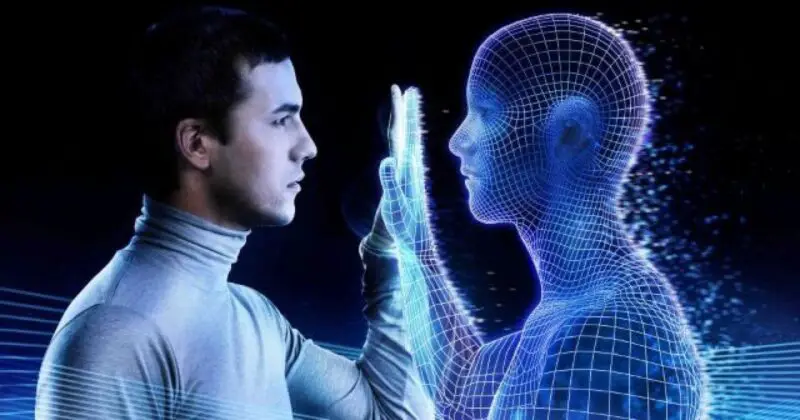Telecomms giant NTT Docomo announced its plans to spend $230 million to a Silicon Valley research lab working on building digital twins of people for medical research.
The lab will be opeened this summer and the digital twins are supposed to be a virtual persona, that doctors might try experimental drugs or treatmens on.
Labs are announced with a short film demonstrating the vision of digital twins by Janusz Kamiński, the Oscar awarded cinematographer of Schindler’s List by Steven Spielberg. The digital twins concept is based on creating exact replicas of something from physical world. The concept is applied among industries such as aeronautics, industrial research et.c
NTT aims to create digital replicas of people “which medically-guided supercomputing and artificial intelligence can then examine, diagnose and treat as a roadmap to caring for a human.”
It is known that the Japanese tech giant already hired around 20 scientists from top universities, and will hire 30 more. The lab will be in Sunnyvale, California and it will cost 50 million to build it. There will be a cryptography and information lab, one quantum physics lab and a medicine and health focused lab where digital twins will be created and used.
The head of the project, Dr. Joe Alexander, author of 94 medical papers, says that the lab will create a digital twin of a human hear, first thing in the next two years. Alexander joined NTT Research after 18 years experience at Pfizer. He was senior medical director of global media affairs when he left the company.
According to Alexander, building a human digital twin will set in three phases. First, the lab will create a cardiovascular model focusing on acute care. Then a more sophisticated, dynamic model will follow. This model will have multiple body systems and will be more suited for chronic care. The second model is also expected to be created in two or three years. And lastly, the lab will develop a complete digital twin, focused on wellness in general. This phase is expected to be completed in 5-10 years.





